

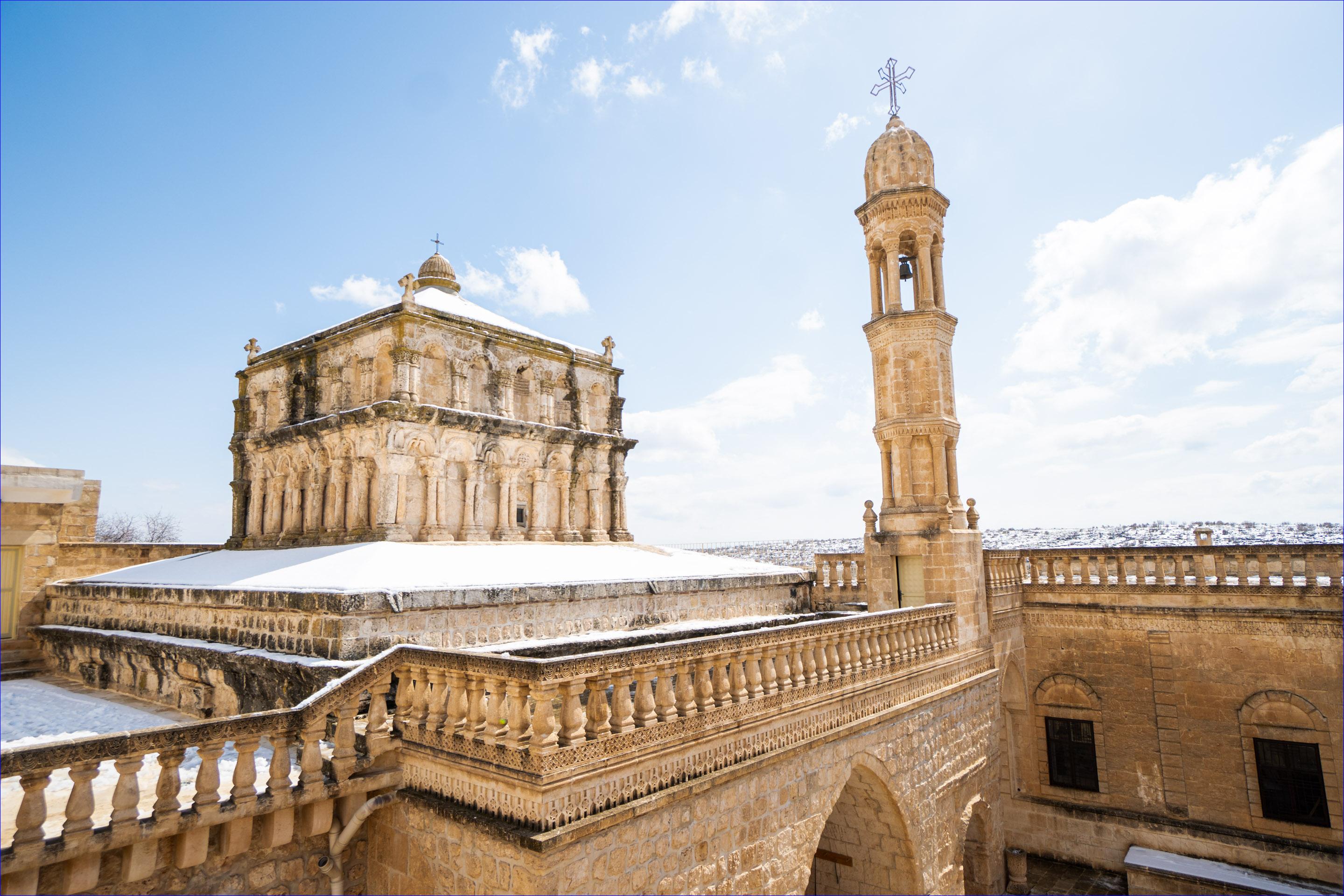
This achievement demonstrates that the Assyrian cultural heritage constitutes a vital component of Turkey's historical and cultural identity, while also serving as a foundation for the region's contemporary economic and tourism development.
Special appreciation is extended to Veysi Sahin, the Mayor of Midyat, whose dedication and representation during the award ceremony in China reflect a genuine commitment to promoting the region's shared heritage and diversity.
At the same time, this article underscores the importance of ensuring that such recognition is followed by tangible legal measures. The sustainable preservation of the Assyrian heritage requires that Turkey formally recognize the Assyrian people as an Indigenous people or a national minority, in accordance with international law. This is not merely a moral obligation, but also a contribution to Turkey's democratic development, global reputation, and long-term economic growth.
Hah (Anitli) -- A Living World Heritage
The village of Hah, located in the historic region of Tur Abdin, is one of the few remaining places in southeastern Turkey where the Assyrian community continues to live and nurture its religious and cultural traditions. The village's distinctive architecture -- its stone houses, monasteries, and churches -- reflects a civilization that has been built and preserved for over two millennia.
The renowned Church of the Virgin Mary, dating from the 6th century, stands as one of the oldest active Christian churches in the world, symbolizing the spiritual endurance and cultural strength of the Assyrian people throughout history.
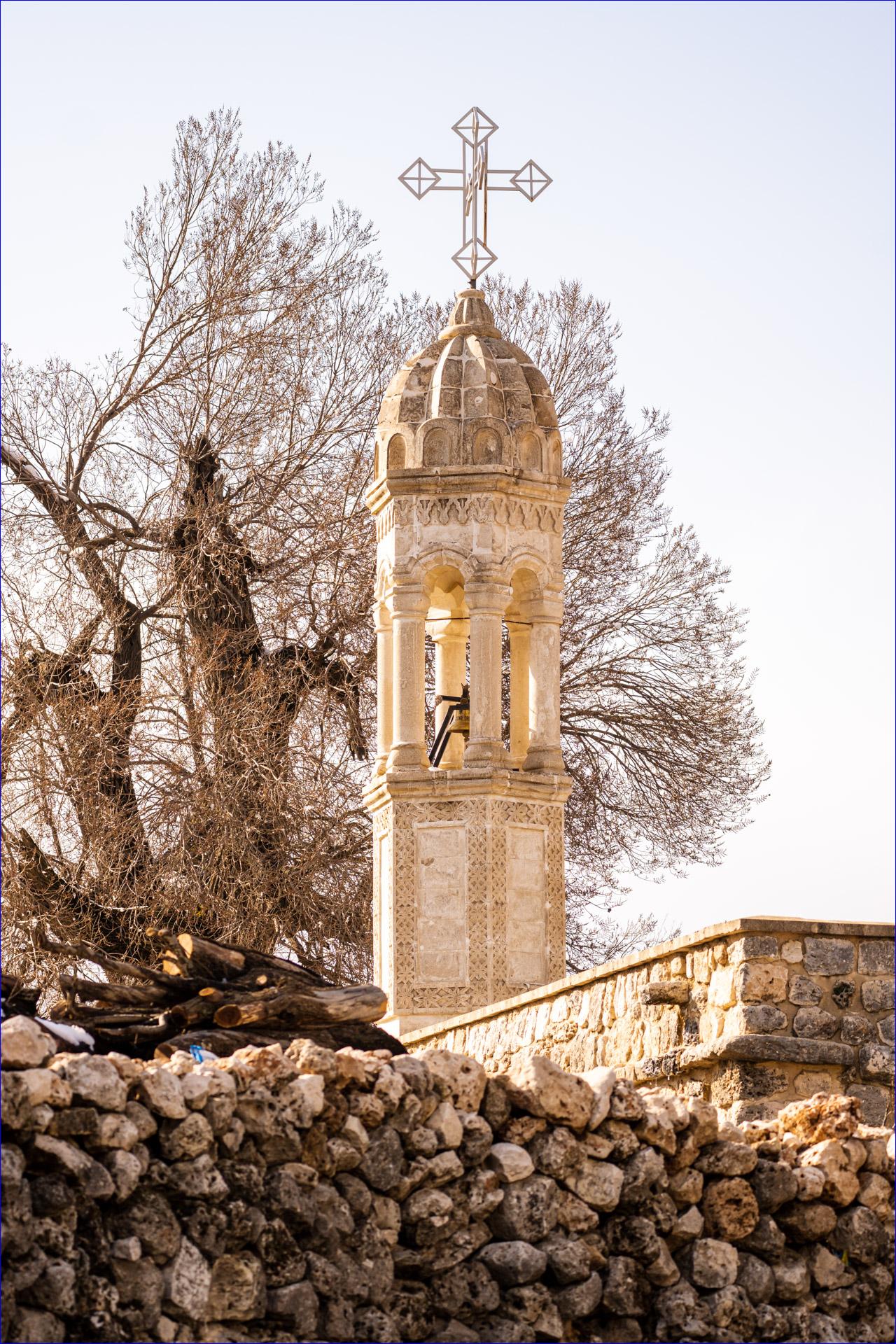
Hah's designation as one of the UN's Best Tourism Villages confirms its unique value as part of humanity's shared heritage. This recognition should also be viewed as a tribute to the Assyrian people's undeniable contribution to the cultural and economic development of the region.
Mayor Veysi Sahin has played a crucial role in promoting Midyat's heritage on the international stage. As a member of the Mhalmi community, which shares historical and cultural roots with the Assyrian population of Tur Abdin, he has demonstrated respect for the area's cultural diversity and laid the groundwork for future cooperation among its different peoples.
Tourism: Opportunities and Challenges
Tourism can serve as a bridge between peoples and cultures -- a tool for mutual understanding, peace, and development. The recognition of Hah has the potential to revitalize the rural economy, create employment opportunities, and increase international interest in cultural heritage tourism throughout southeastern Turkey.
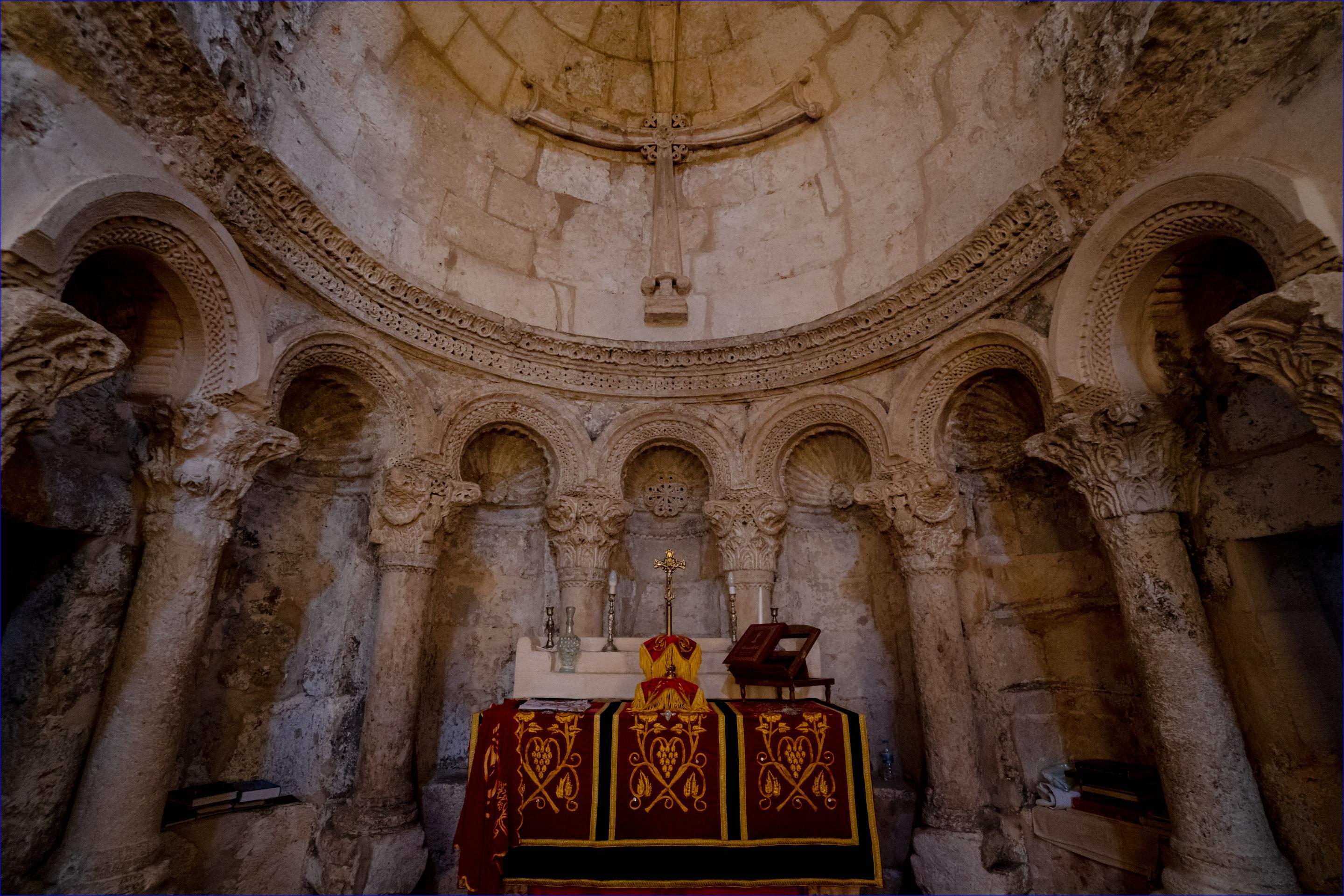
However, there is also a risk that this heritage might be used instrumentally -- as a means for economic gain rather than as an expression of genuine commitment to cultural preservation. The absence of representatives from the local Assyrian community at the award ceremony in China raises valid questions about inclusion and participation.
A truly sustainable partnership requires that the original custodians of the heritage -- the local Assyrian community -- are directly involved in decision-making and benefit equitably from the cultural and economic opportunities that tourism generates. This is not only a matter of justice, but also essential for ensuring the authenticity and longevity of cultural development in the region.
Turkey has already taken encouraging steps, such as the restitution of church properties and support for monastic restoration projects. Yet these actions must be complemented by institutional and legal frameworks that secure heritage preservation in cooperation with its rightful cultural bearers.
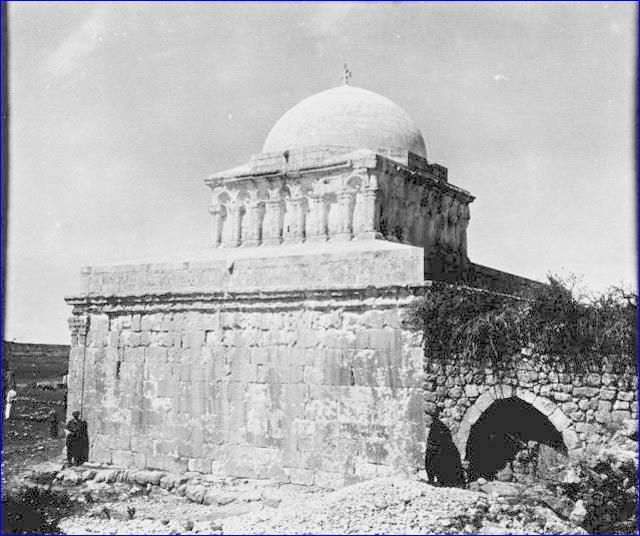
The Need for Recognition under International Law
To provide durable protection for the Assyrian heritage, it is essential that Turkey formally recognize the community's status as an Indigenous people and/or a national minority in accordance with international law.
Indigenous Peoples
According to ILO Convention No. 169 and the United Nations Declaration on the Rights of Indigenous Peoples (UNDRIP), Indigenous peoples are those who descend from populations that inhabited a region before the formation of modern states and who have preserved distinct institutions, languages, and cultures.
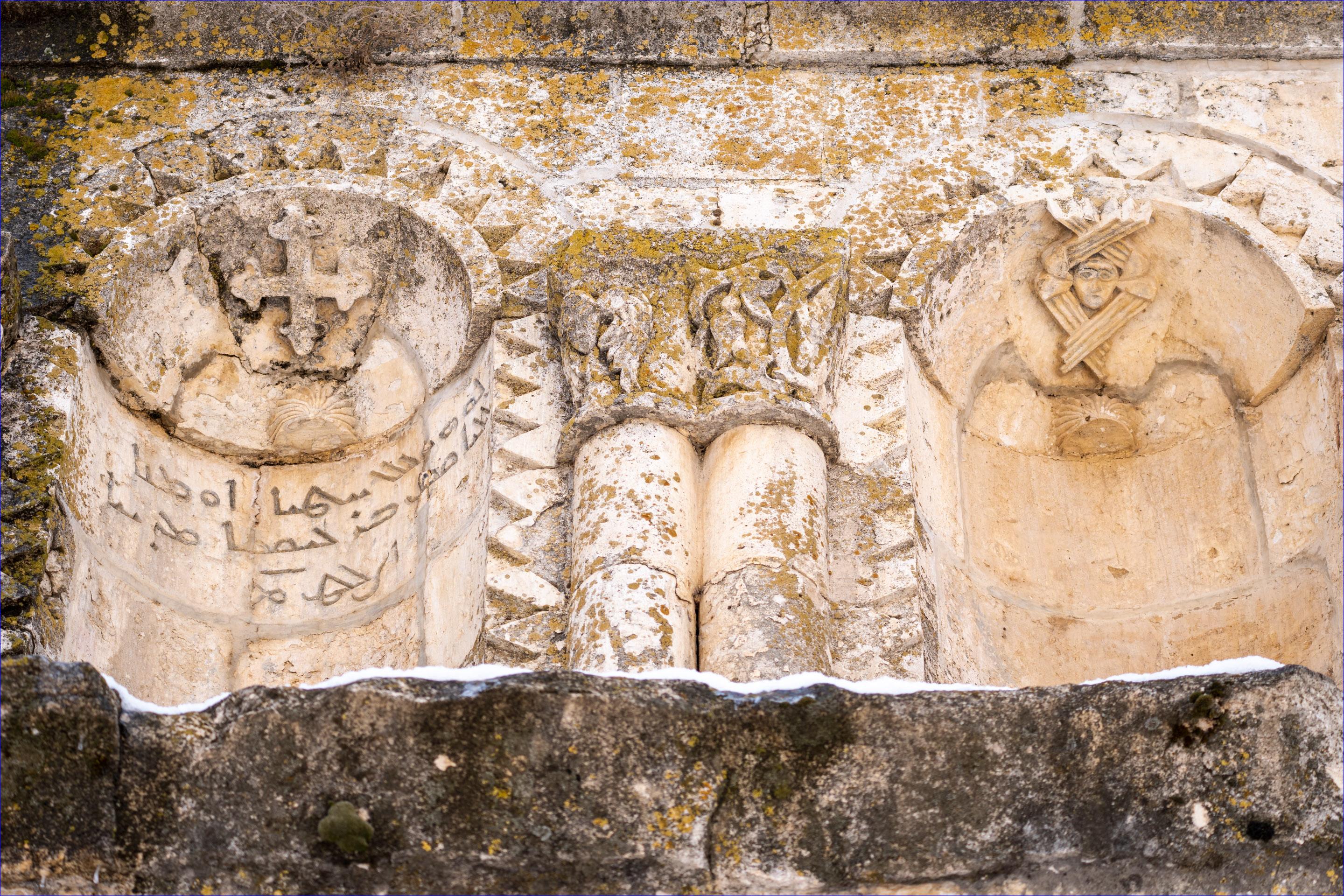
The Assyrian communities of Tur Abdin and Midyat clearly meet these criteria. They have retained their language, their ecclesiastical institutions, and their collective identity despite centuries of transformation and adversity.
Article 11 of UNDRIP explicitly recognizes the right of Indigenous peoples to "practice, preserve, and revitalize their cultural traditions and customs." A Turkish recognition of this right would lend legitimacy and support to local preservation efforts while demonstrating that Turkey shares the UN's commitment to cultural diversity and human rights.

National Minority
An alternative or complementary approach would be recognition under the Council of Europe's Framework Convention for the Protection of National Minorities, which obliges member states to protect minority languages, religions, and cultures and to ensure their effective participation in public life.
Such recognition for the Assyrian people would provide legal protection for their language, support for cultural institutions, and representation in local and national decision-making processes concerning their heritage.
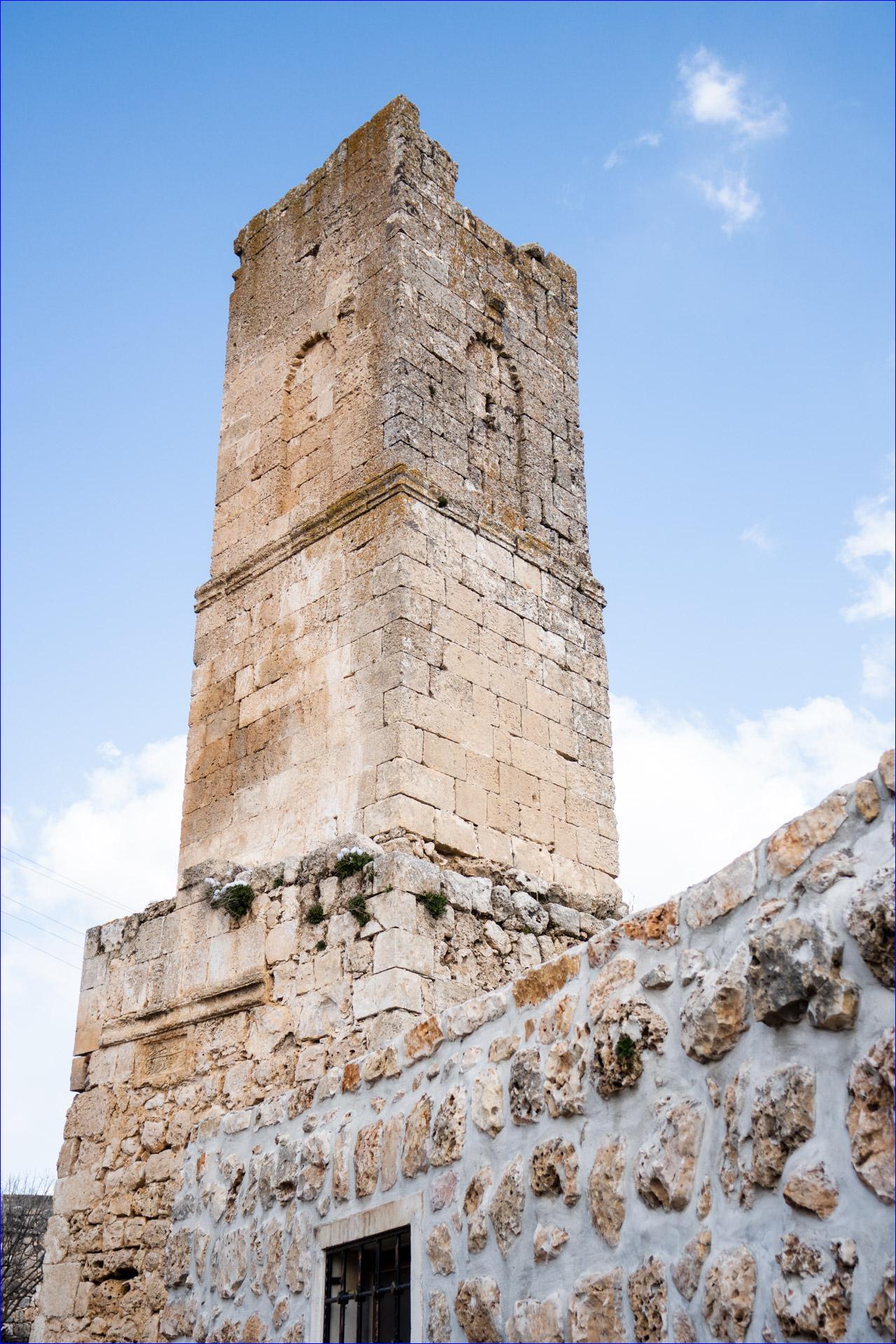
A Recognition Benefiting Turkey
Beyond its moral and legal significance, this recognition would greatly enhance Turkey's international reputation as a nation that values democracy and human rights. It would also promote sustainable tourism, intercultural dialogue, and economic revitalization in regions that have long suffered from underinvestment.
By formally acknowledging the Assyrian people as an integral part of the nation's history, Turkey would strengthen its soft power and present itself as a regional model of coexistence and cultural respect in the Middle East.
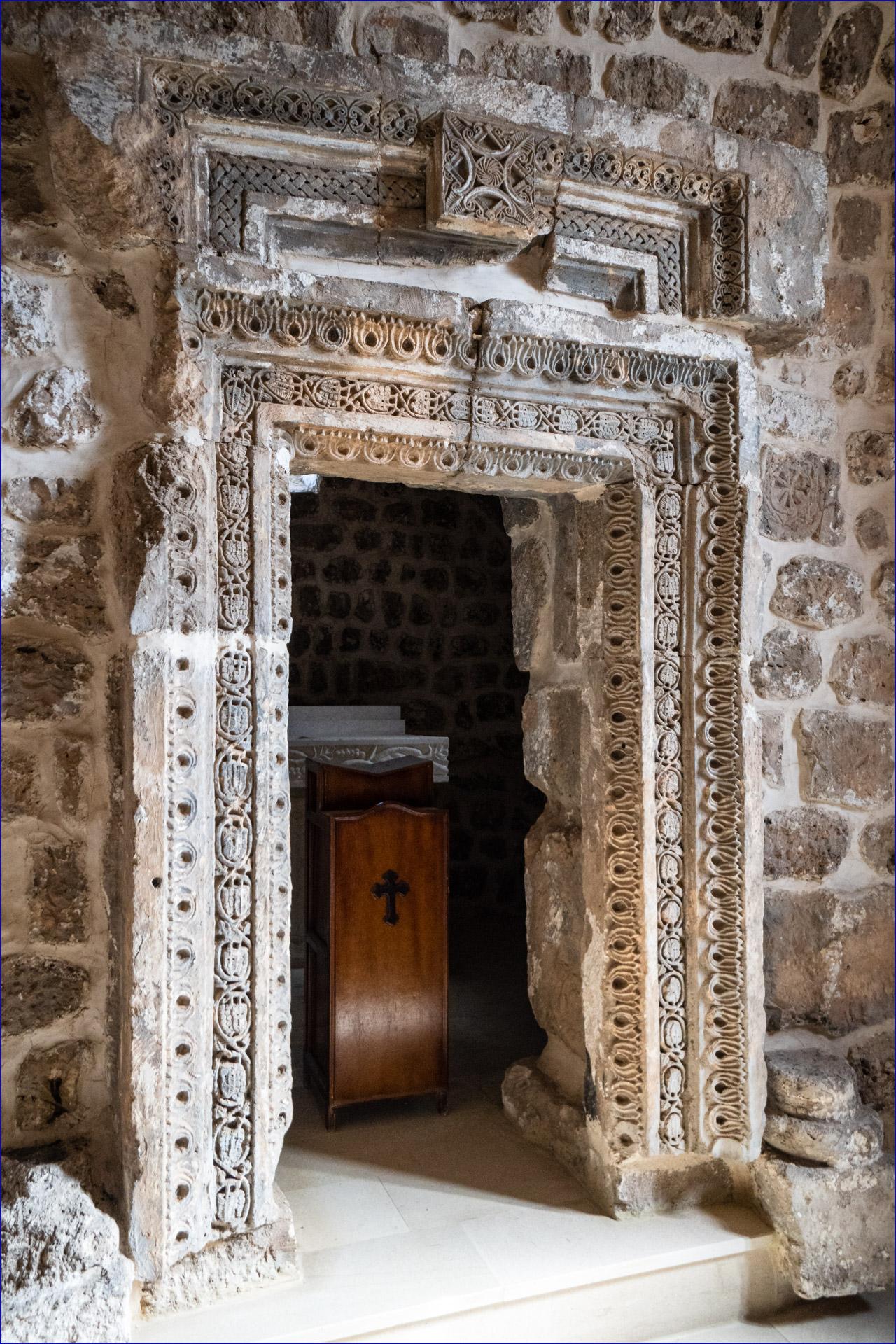
Conclusion
The recognition of Hah as one of the world's leading tourism villages is a well-deserved tribute to the Assyrian people's contribution to humanity's shared heritage. It illustrates how history, faith, and culture can become sources of modern development and prosperity.
For this symbolism to take tangible form, however, Turkey's authorities and local leadership must move beyond symbolic gestures toward formal legal recognition.
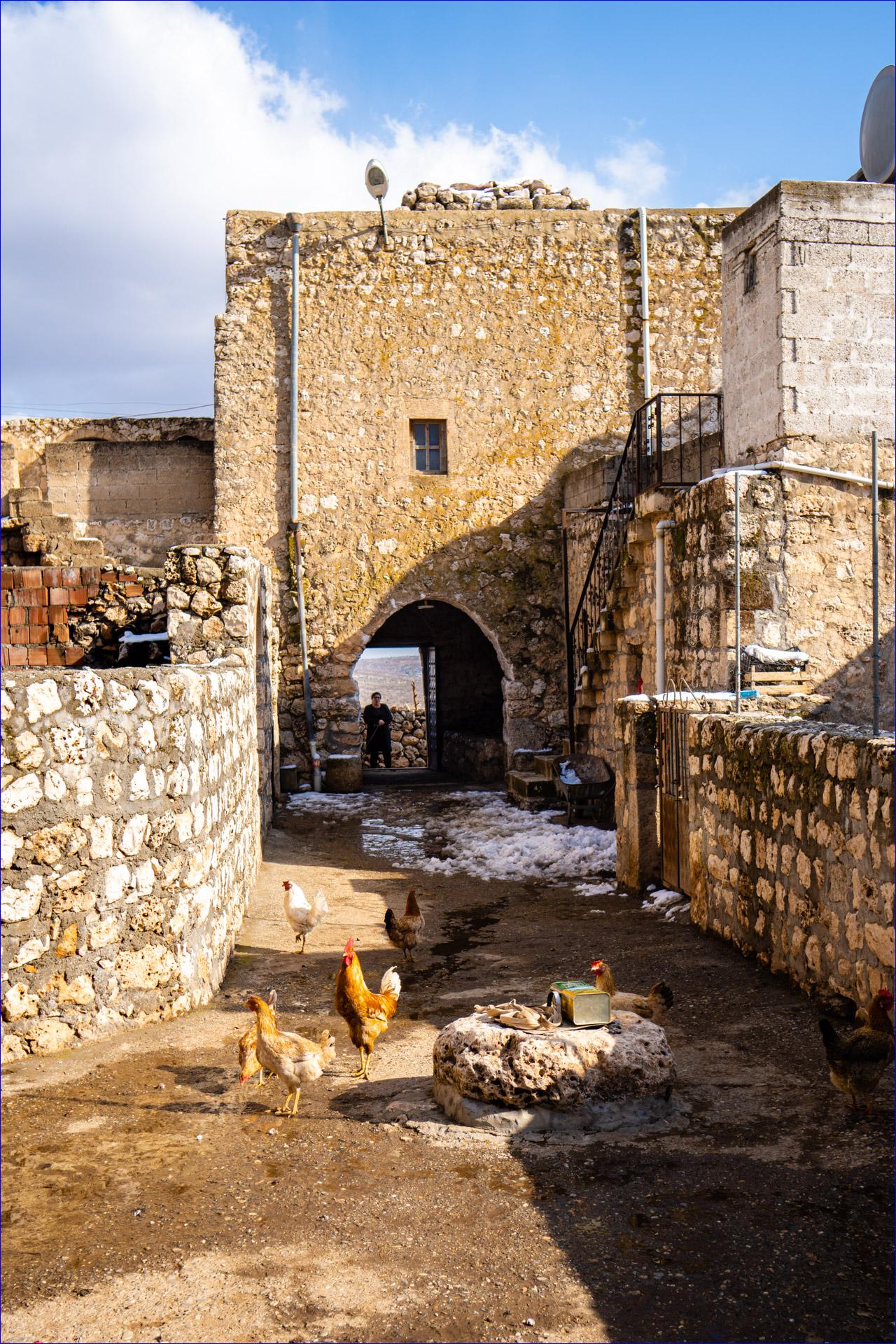
By acknowledging the Assyrian people as an Indigenous community or national minority and including them in decisions regarding their heritage, Turkey can write a new chapter of reconciliation, respect, and shared future.
Such a step would not only strengthen national unity but would also transform Hah into a living symbol of peaceful coexistence and cultural diversity -- a model for the world to follow.
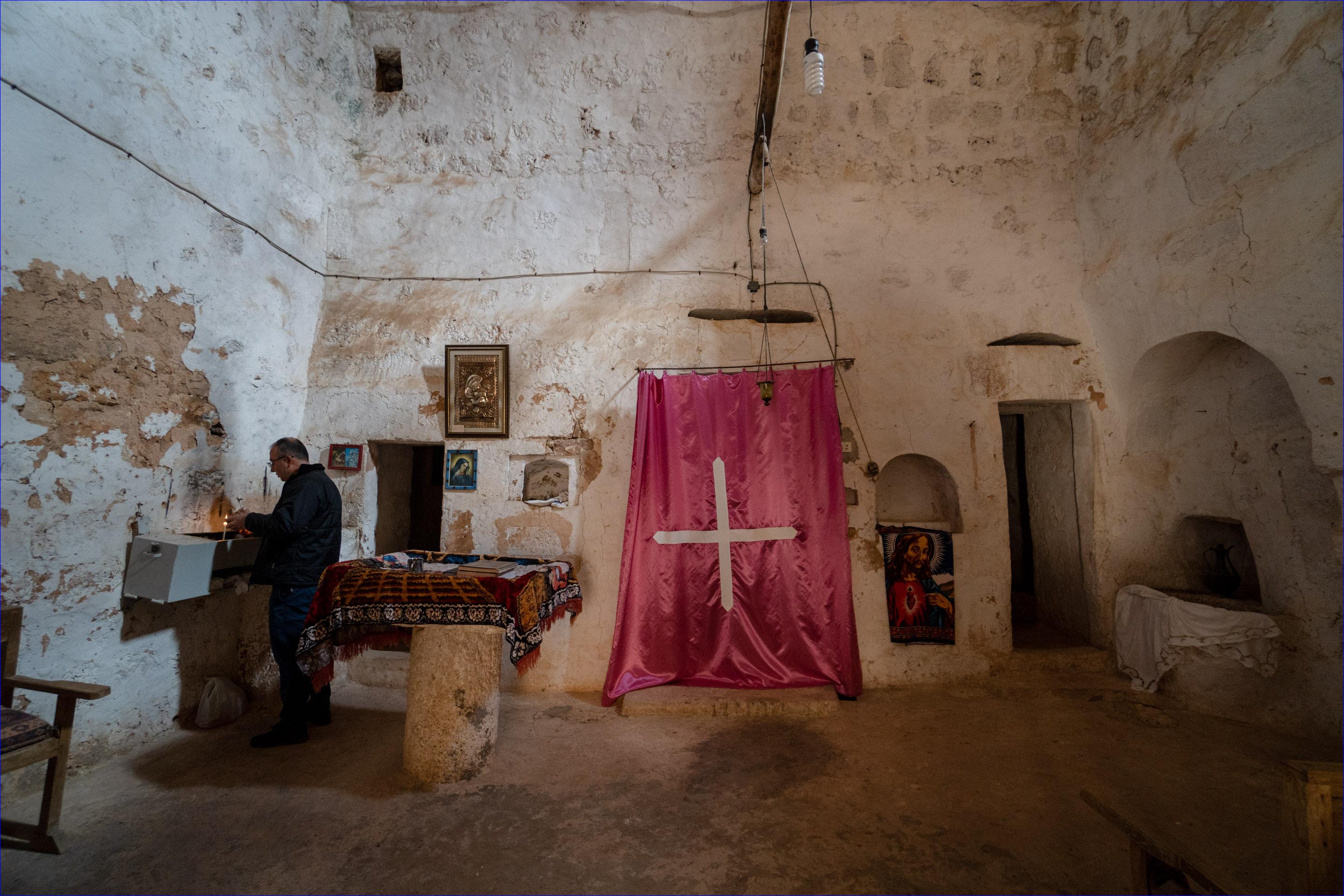
Glossary of Terms
Indigenous Peoples: Communities with historical continuity to pre-state societies that have preserved their own institutions, languages, and cultures, and who self-identify as such.
National Minority: A group of citizens fewer in number than the majority population, possessing long-standing ties to the state and wishing to preserve its linguistic, religious, or cultural identity.
ILO Convention No. 169: An international treaty (1989) recognizing the rights of Indigenous and tribal peoples to self-determination, participation, and cultural preservation (International Labour Organization).
UNDRIP (United Nations Declaration on the Rights of Indigenous Peoples): Adopted by the UN General Assembly in 2007; establishes the rights of Indigenous peoples to culture, identity, language, and self-determination.
Council of Europe's Framework Convention for the Protection of National Minorities: Adopted in 1995; aims to protect minority rights, prevent discrimination, and promote intercultural dialogue.
Mhalmi (Mhallami) People: An ethnic group native to the Tur Abdin region, historically linked linguistically and culturally to the Assyrian population, sharing the same geographic and historical roots.
Cultural Distinctiveness: The unique cultural, linguistic, and religious characteristics that distinguish one group from the majority population.
Instrumental Use: The practice of using culture or tradition as a means to achieve unrelated goals, such as economic profit, rather than genuine preservation.
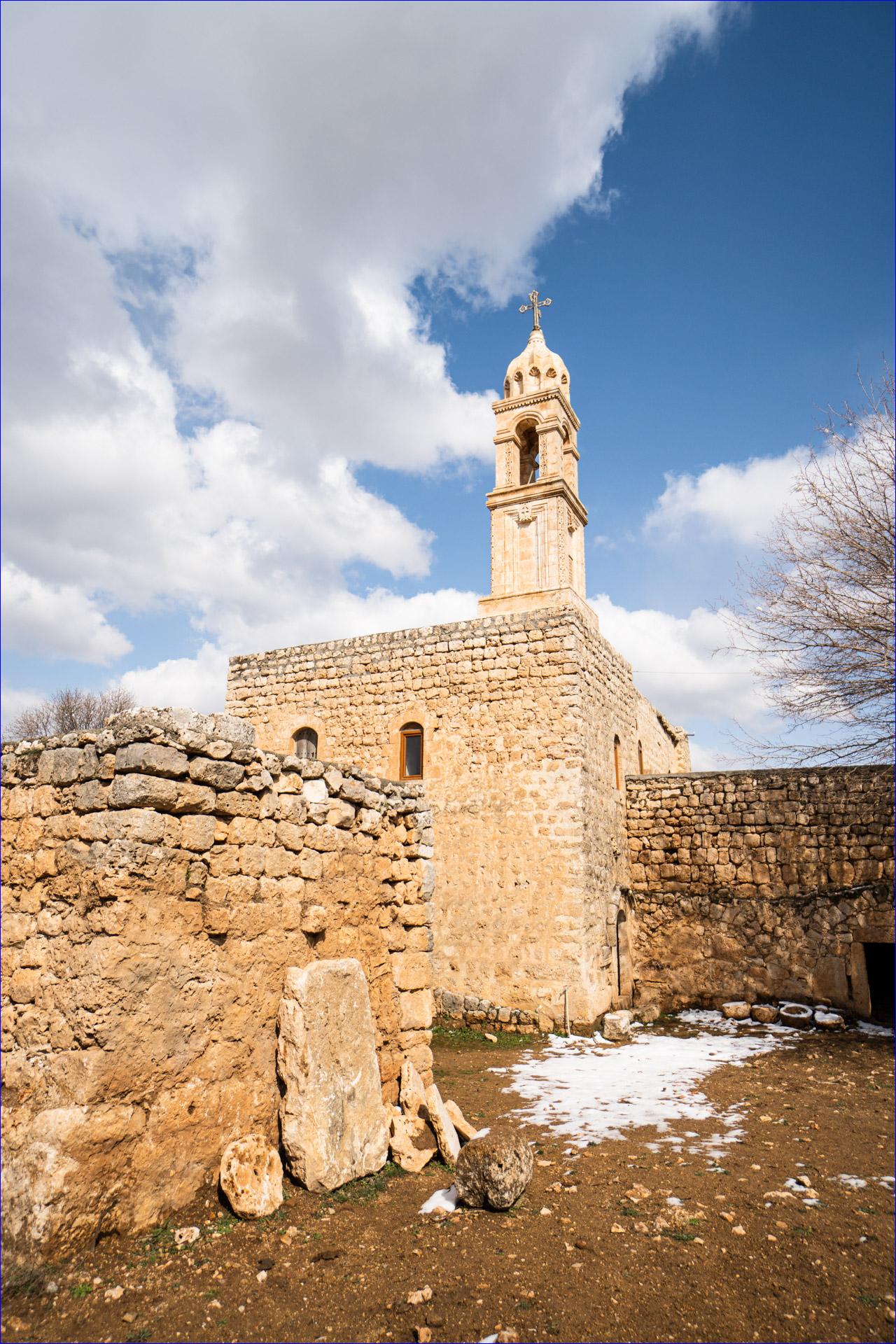

or register to post a comment.